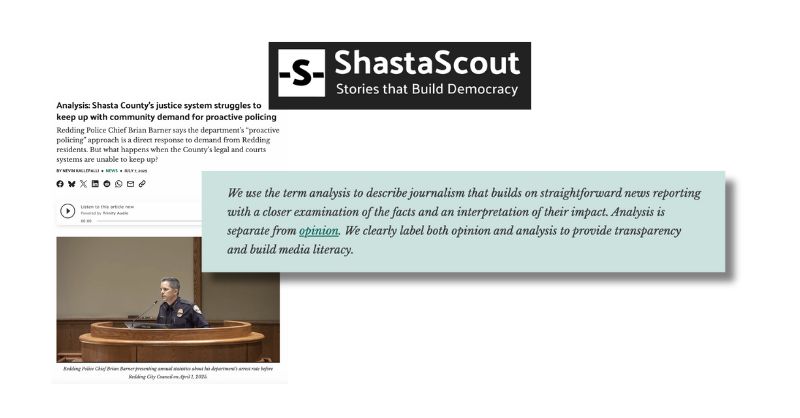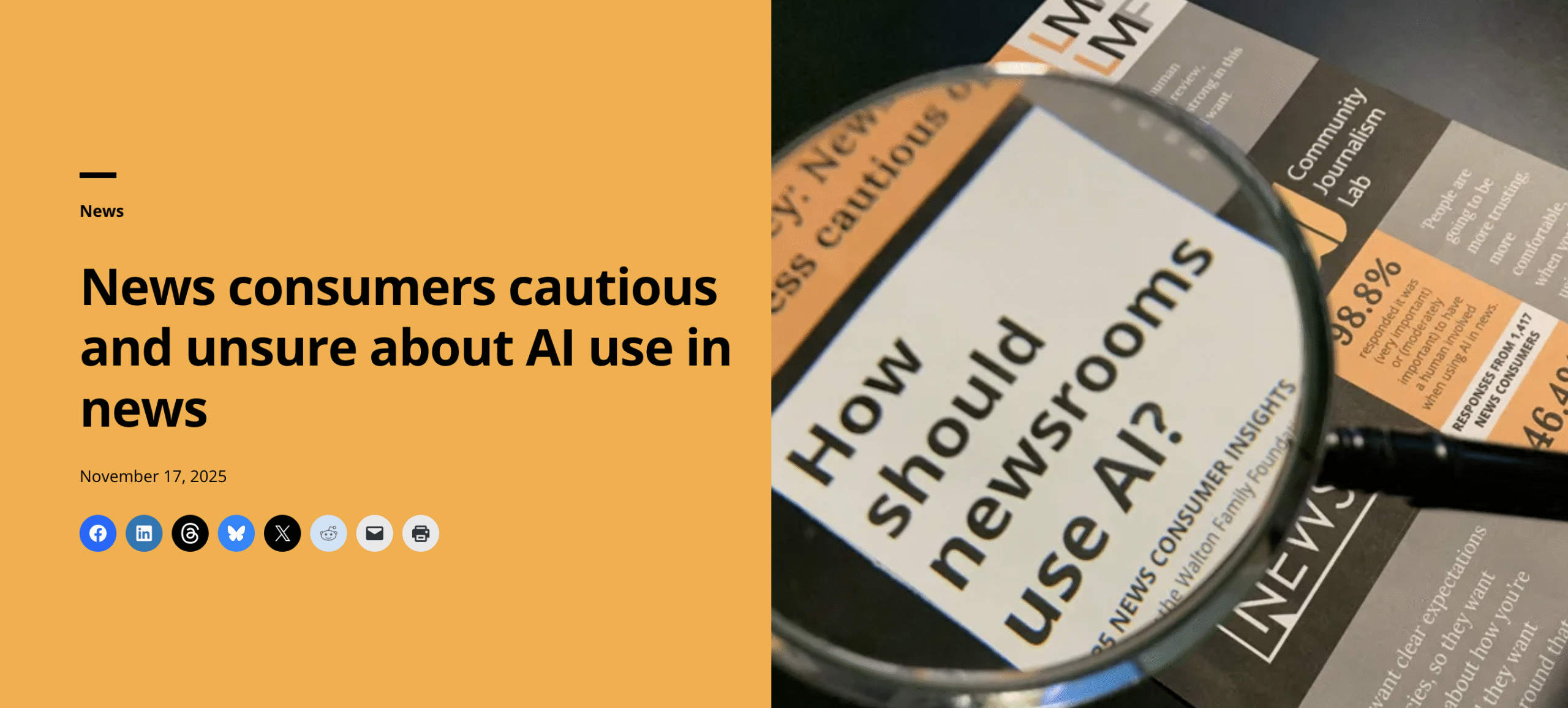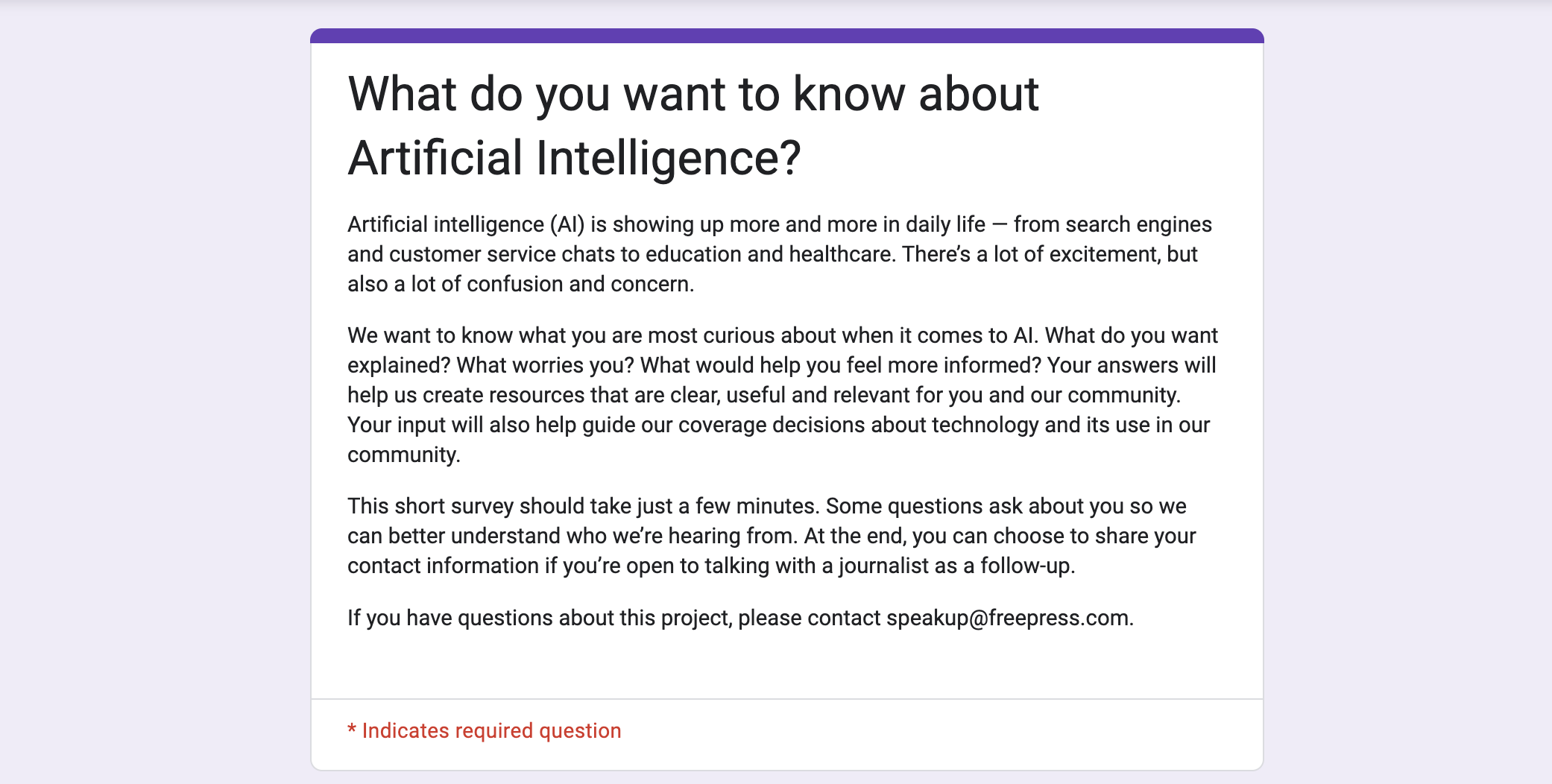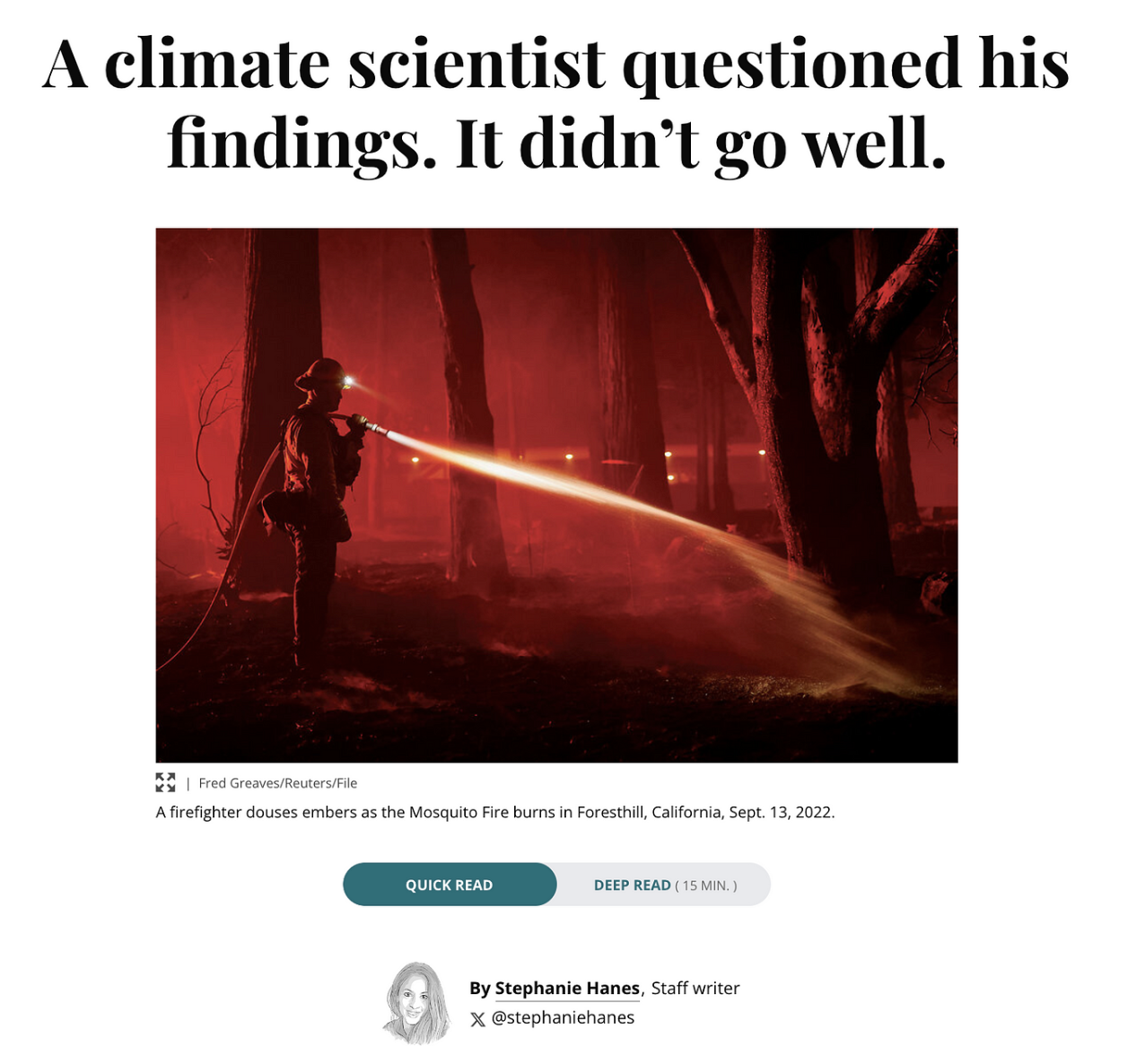
In our recent program around confronting news avoidance, newsrooms in the cohort heard how people felt very overwhelmed by the news, both by its volume and content. These news avoiders told our partner journalists they wanted news that felt more basic — and as one newsroom put it, simply helped people “with important civic processes.” How can […]
Use quick summaries to make your news approachable
In our recent program around confronting news avoidance, newsrooms in the cohort heard how people felt very overwhelmed by the news, both by its volume and content. These news avoiders told our partner journalists they wanted news that felt more basic — and as one newsroom put it, simply helped people “with important civic processes.”
How can we as journalists better meet people where they are? How can we adjust and repackage our coverage to feel more accessible and less overwhelming? How can we create easier access points to news so people feel like they only need to spend a few minutes a day to feel caught up?
Last month we shared some formats we would like to see more newsrooms try, including pop-up newsletters and explanatory videos. This week we want to share another format that can help make the news approachable: offering quick summaries for stories.
Christian Science Monitor adds “quick read” options
The Christian Science Monitor is doing that for some of their stories. In this story about the environment, a reader has the option to read a shorter version of the story (quick read) or a longer version (deep read).
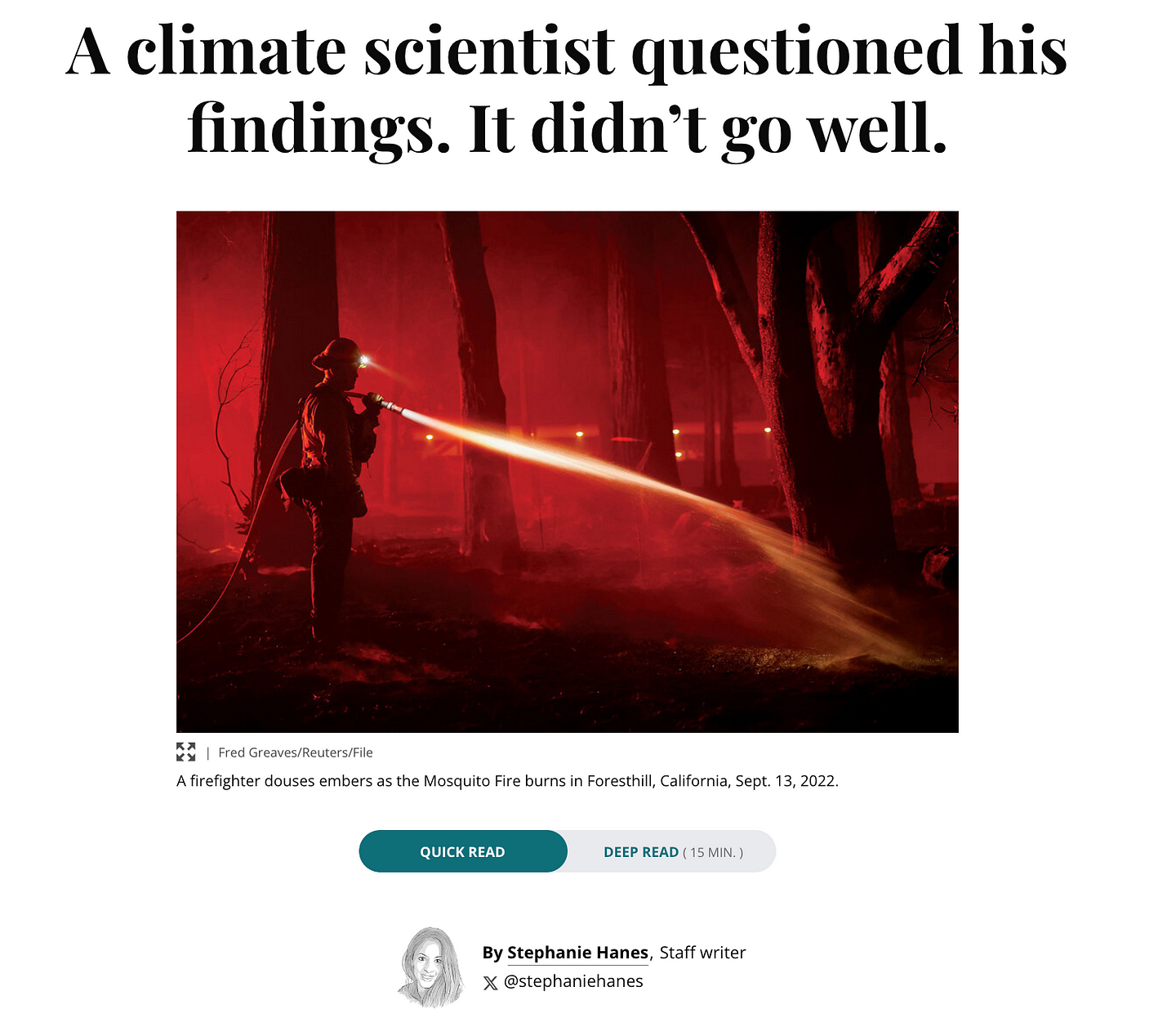
The format allows readers to toggle between the quick read and the deep read. The deep read option also tells people how long the estimated read time is (in this story, the estimate is 15 minutes). The quick-read version is just six paragraphs but provides enough details for someone to know the who, what, where and when. It also includes links to continue reading stories related to the same topic.
As a news consumer, this format can make the news seem more approachable and easier to consume because they don’t have to commit a lot of time to learning about an issue or topic. But if they want to dive deeper they can easily toggle to the deep read. The ease of use of the tool also makes it approachable.
La Temps empowers readers with summary modules
Another newsroom, Le Temps, is also helping newsrooms be better informed. They have created modules that can be expanded within stories. One of those is a summary module.
In their explanation about the different modules, the newsroom explains how the summary module details the main elements of an article and is always free content. The goal, according to the news organization, is to help people decide if they want to consume the story content further. They also have a transparency module that provides behind-the-scenes information, like who they talked to and where the information in the story came from.
In the enrichment module, they provide further context for stories, graphs and data, timelines, expert opinions on the topic and more. What I really appreciate is the newsroom’s explanation about how they will use it. They are very specific about not only what they will be including in it, but they say they sometimes will be expanding the box deliberately. When they do, it’s because the information included is so important to the story it should be read with the story not as additional information. If the box is not expanded they don’t feel it’s as crucial to the story but are still providing the information to enrich the story and provide context.

The products Christian Science Monitor and Le Temps are offering make news consumption seem less time-consuming and more approachable. They also provide options for news consumers to dive deeper if they want to. The products are also user-friendly and easy to use, which makes them even better.
While both newsrooms created these tools as part of their CMS, which does make it very user-friendly, there are ways this can be duplicated if adding something like this to your CMS is not an option. To duplicate this you could:
- Create a graphic or image with the summary information and embed it
- Make a note and add it at the beginning or near the top of the story
- Add a shaded box with bullet points summarizing the story
- Share summaries on social media
If you are trying to make news more approachable by providing summaries or quick reads, let us know how you’re doing it. Send us an email here.
At Trusting News, we learn how people decide what news to trust and turn that knowledge into actionable strategies for journalists. We train and empower journalists to take responsibility for demonstrating credibility and actively earning trust through transparency and engagement. Subscribe to our Trust Tips newsletter. Follow us on Twitter and Facebook. Read more about our work at TrustingNews.org.

Assistant director Lynn Walsh (she/her) is an Emmy award-winning journalist who has worked in investigative journalism at the national level and locally in California, Ohio, Texas and Florida. She is the former Ethics Chair for the Society of Professional Journalists and a past national president for the organization. Based in San Diego, Lynn is also an adjunct professor and freelance journalist. She can be reached at lynn@TrustingNews.org and on Twitter @lwalsh.
